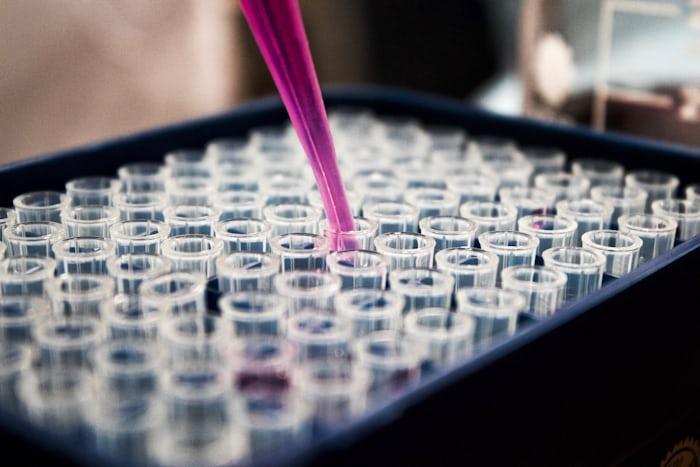Cell line development sits at the heart of modern biomedicine. Stable lines enable everything from early screening to full-scale biologics manufacturing, but the traditional path—single-cell cloning, expansion, and verification—has been slow, repetitive, and vulnerable to human variability. Purpose-built automation is changing that. Platforms that allow cell line development automation weave single-cell isolation, imaging, and workflow control into one continuum, helping teams move from “promising colony” to “verified line” with fewer stalls and hand-offs.
What Automation Actually Changes
Manual pipetting and colony picking demand steady hands and sharp eyes; even then, small inconsistencies creep in. Automated systems bring three levers to the bench: precise dispensing, objective imaging, and software-enforced protocols. In practice, that means higher confidence that each well contains one viable cell, and that its growth is tracked uniformly across plates—crucial when a single mis-pick can set a monoclonal antibody program back weeks.
Faster Timelines, Fewer Bottlenecks
Speed doesn’t come from moving faster; it comes from removing waits. Automation parallelizes steps that used to happen in sequence—seeding, monitoring, documenting—and uses integrated imaging to confirm clonality far earlier than a purely visual “wait and see” approach. Recent work combining high-resolution bioimaging with machine learning shows how these techniques can compress selection cycles and surface high-quality clones sooner, which is exactly where automation shines.
Data You Can Trust (and Audit)
In regulated environments, good science isn’t enough—you also need bulletproof records. Automated platforms log who did what, when, and how, producing time-stamped, tamper-resistant trails that align with FDA expectations for data integrity (the ALCOA/ALCOA+ principles: attributable, legible, contemporaneous, original, accurate, and more). Building those controls into the workflow simplifies audits and cuts the risk of “missing data” findings later on.
Scientists Doing Science, Not Plate Juggling
Automation doesn’t replace researchers; it rescues their time. When robots handle plate movements, repetitive pipetting, and routine imaging, scientists can focus on experimental design, interpretation, and troubleshooting. Labs often see fewer repetitive-strain injuries and a measurable drop in error-driven rework—quiet wins that add up over a quarter.
Scale Without the Quality Trade-Off
Projects rarely stay small. A screen that starts with a few dozen candidates can balloon to hundreds. Manual methods struggle to keep pace; automation scales almost linearly, maintaining consistent conditions across large runs. That’s a big deal for CROs and large biopharma groups juggling multiple programs with fixed headcount.
Smoother Handoffs to Downstream Bioprocessing
Today’s systems are designed to play nicely with others. Automated cell line development tools can pass clean, well-annotated outputs to downstream bioprocess steps, reducing sample mix-ups and preserving context (media, passage number, imaging history). That continuity helps manufacturing teams start with a better, better-documented line—fewer surprises later.
Lower Contamination Risk, Higher Reproducibility
Every touch is a risk. Enclosed workflows, sterile consumables, and calibrated liquid handling reduce opportunities for contamination while ensuring each well receives the same volumes and timings. For sensitive applications—CRISPR edits, complex cell-based assays—that consistency often determines whether a result is robust or ambiguous.
Built for Compliance From Day One
Quality systems live or die on process control. Software-enforced SOPs, environment monitoring, and in-line quality checks make it easier to align with GMP and broader regulatory expectations around cell-based products. European Medicines Agency guidance underscores the need for well-controlled processes and rigorous documentation throughout development—automation makes those expectations practical at scale.
Where a Named Platform Fits
If you’re evaluating tooling, look for tight integration of single-cell dispensing, imaging for clonality assurance, and data management. CYTENA’s C.STATION is one example built to standardize these steps in one place, helping labs shorten development cycles while retaining a full audit trail.
The Bottom Line
Automated cell line development is more than a convenience. It’s a way to turn fragile, stop-start workflows into reliable production lines: faster selection, richer data, fewer errors, and compliance baked in. For teams under pressure to deliver high-quality lines on tight timelines, the combination of precision hardware, objective imaging, and robust record-keeping isn’t just nice to have—it’s the difference between scaling up and stalling out. And that’s why more labs are letting automation handle the repetition so their scientists can focus on discovery.
